Manuals, instructions, help desks: The customer experience handbook simplifies it all. According to the standard recipe, companies have the primary say in how customers use their products. But are we sure things are still the same in 2023?
And what about 2024? Will the majority of company-customer communication models still follow a top-down approach?
With the access to information granted by AI, the questions we had 20 years ago with the rise of Web2 are still on the verge. Indeed, customer education—whose role is to empower customers and improve the way people work—has undergone a significant transformation. The traditional brand-centric model where companies served as the primary source of knowledge is outdated. Nowadays, customers do not want to be seen just as recipients of information. Today’s buying processes are learning processes, and customers are active participants in their learning journey—from consideration to purchase.
To tackle all these questions and understand the benefits of adopting customer-led growth, we’ve asked Matthew Tidwell, CEO of ThinkThru, and Debbie Smith, President of Customer Education Management Association, to share their ideas on the future of the industry.
But let’s take a step back.
As the CEO of ThinkThru, Matthew Tidwell, stated, customer education has evolved significantly in the last few years. It has progressed from an approach based on merely providing selected information to customers and viewing them as passive recipients to recognizing customers as active participants in their buying (and, therefore, learning) journey.
“The dynamics between customers and sellers have shifted beyond the traditional discovery call, pitch, demo, and contract negotiation flow of years past,” Matthew says. “Often, customers have more information than ever before when they complete the ‘demo request form’ on a website, and they are simply trying to understand the final pieces of the solution before making the purchase decision.” Indeed, this shift has transformed the customer-brand dynamic into a more interactive and collaborative relationship.
Debbie Smith, President of the Customer Education Management Association, further emphasizes this transformation: “The relationship has switched from vendors to partners. We used to see companies as someone who is just selling to us: we take their product and we use it however we want it. Now, the end user expects to give you feedback on your platform or product and influence your roadmap. So, there’s more of a mutual relationship.”
To sum up and add some jargons, this means that we’ve switched from Product-led growth (PLG) – where user acquisition, expansion, conversion, and retention are all driven primarily by the product itself – to Customer-led growth (CLG), where the brand has to adapt to the customer’s needs.
Now that we have understood the new role of the customers, let’s try to dive deeper into a new question: what is the difference between a product-led and a customer-led growth? As Matthew says, both these models are intended to drive growth in novel ways and allow customers to experience products early in their discovery phases and capture that early intent. But how do they do it?
An approach that relies heavily on the inherent value of the product to attract, convert, and retain users. Companies following a PLG model prioritize building a product that is intuitive, user-friendly, and capable of addressing the pain points of their target audience. The focus is on creating a self-serve model where users can easily adopt and find value in the product without extensive assistance.
In this model, the emphasis shifts from a product-centric approach to one where the brand is adaptable and responsive to the dynamic needs of the customer. Customer experience, satisfaction, and engagement become focal points. This involves not only delivering a great product but also understanding and addressing the broader context of the customer’s journey: what they use the product for, how, and why.
Compared to other models, CLG recognizes that customers are not one-size-fits-all, and their needs may vary. This shift requires a more personalized and customer-centric approach not only in customer education but also in marketing and sales. That’s why companies adopting CLG prioritize customer feedback and should be agile in adapting products and services based on customer insights.
The move from PLG to CLG signifies a strategic shift from a product-centric to a customer-centric mindset, acknowledging that successful growth is based on a deep understanding of and alignment with the diverse and evolving needs of the customer base.
As we’ve seen, there’s been a paradigm shift for which the customer now has more power than ever before. But what does that mean for the future of Customer Education?
Both Matthew and Debbie agree on the idea that communities are going to get more and more important in the years to come. Not only do customers want a relationship with the brand. They want to be able to have conversations with other customers who are both in the same segment and in other verticals so that they’re able to share best practices.
Communities are not only relevant for the customers but also for brands, as they can collect feedback on the product and understand how customers actually use it. For example, Debbie highlights that “For Customer Education teams, it means that you constantly have to evolve, because customers from different companies will use your product in slightly different ways. So it’s really about understanding the best practices from your customers instead of us dictating them”.
In terms of product, Matthew also adds that having a community mitigates the risks of wasted development on low-value features, improves the discoverability and stickiness of your brand (if done well), and allows your best customers to support you and champion your ideals to others.
It may sound trivial to say, but AI is going to play a huge role in the future of Customer Education. In a customer-centric paradigm, one key aspect where AI is poised to make a substantial impact is the customization of learning paths. AI enables the analysis of vast amounts of data related to individual customer interactions and learning preferences. This data-driven approach allows for the creation of tailored and personalized learning paths for each customer.
Traditional education models often offer a one-size-fits-all approach, which may not align with the diverse needs and learning preferences of individual customers. AI, on the other hand, can adapt the learning process to the customer’s unique needs and reaches out to their own expectations of receiving personalized assistance.
The roles of Customer Education, Sales, and Marketing need to be interconnected and will all play a crucial role in guiding customers through their journey – from independent research and initial interaction, to post-purchase success. “The roles of Customer Education, Sales, and Marketing – states Matthew – are more interconnected than ever before, as “education” is often the framework to guide potential customers and prospects into a relationship with your business, receive guidance and support from Sales professionals in your organization, and then ultimately initiate a more formal relationship with an organization through the purchase or subscription to a product/service”.
As customers increasingly desire to be actively involved in their own education, the collaboration between these three functions becomes essential for several reasons:
When Customer Education, Sales, and Marketing work together, they can provide a consistent message, avoiding potential discrepancies that might arise if these functions operate separately.
Collaboration allows for a more personalized approach to customer education. By sharing insights and data across these functions, businesses can tailor their educational content, sales pitches, and marketing messages to better match individual customer needs and preferences.
The customer’s journey extends beyond the point of purchase. Interconnected efforts ensure continuous engagement with customers, supporting them post-purchase through ongoing education, customer support, and relevant marketing communications. This helps build long-term relationships and customer loyalty.
The interconnected model allows businesses to adapt to the changing landscape of customer education. As customer preferences and behaviors evolve, a collaborative approach enables quicker adjustments to strategies and educational content to meet evolving needs.
So, the interconnectedness of Customer Education, Sales, and Marketing ensures a more customer-centric, personalized, and adaptive approach, contributing to a positive and effective customer education experience.
We’ve observed a shift from a product-centered approach, paving the way for customer-led growth in the business. Looking ahead to the future of Customer Education, this means paying attention to customer communities, AI for personalized learning paths, and integration with other functions in the organization.
Adopting an instructional design approach to Customer Education enables you to put the customer at the center of your educational program by starting from their specific needs and then elaborate a learning experience tailored to those needs. If you want to know more about this approach, check out our article “There is reason why it’s called Customer “Education””.
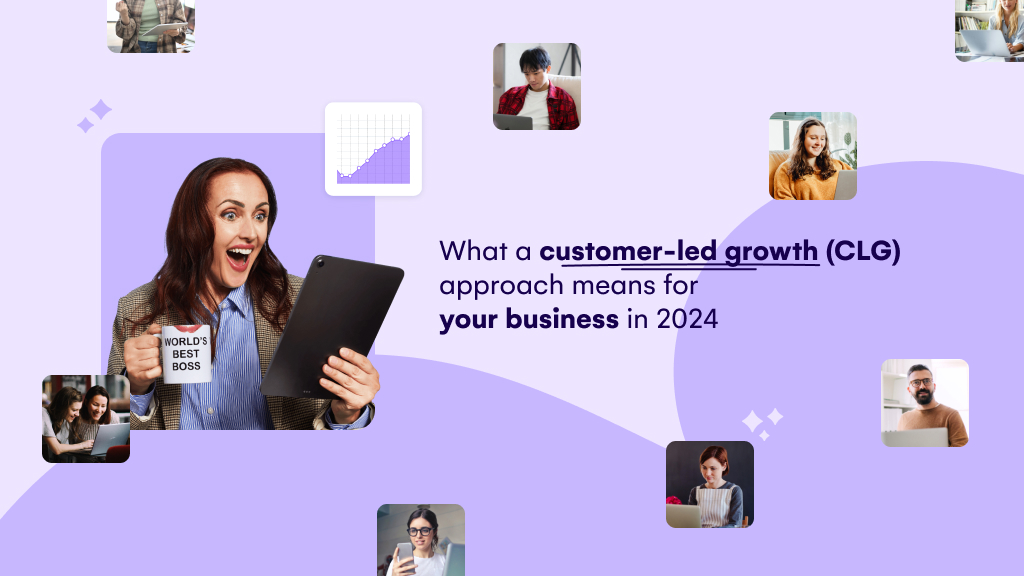
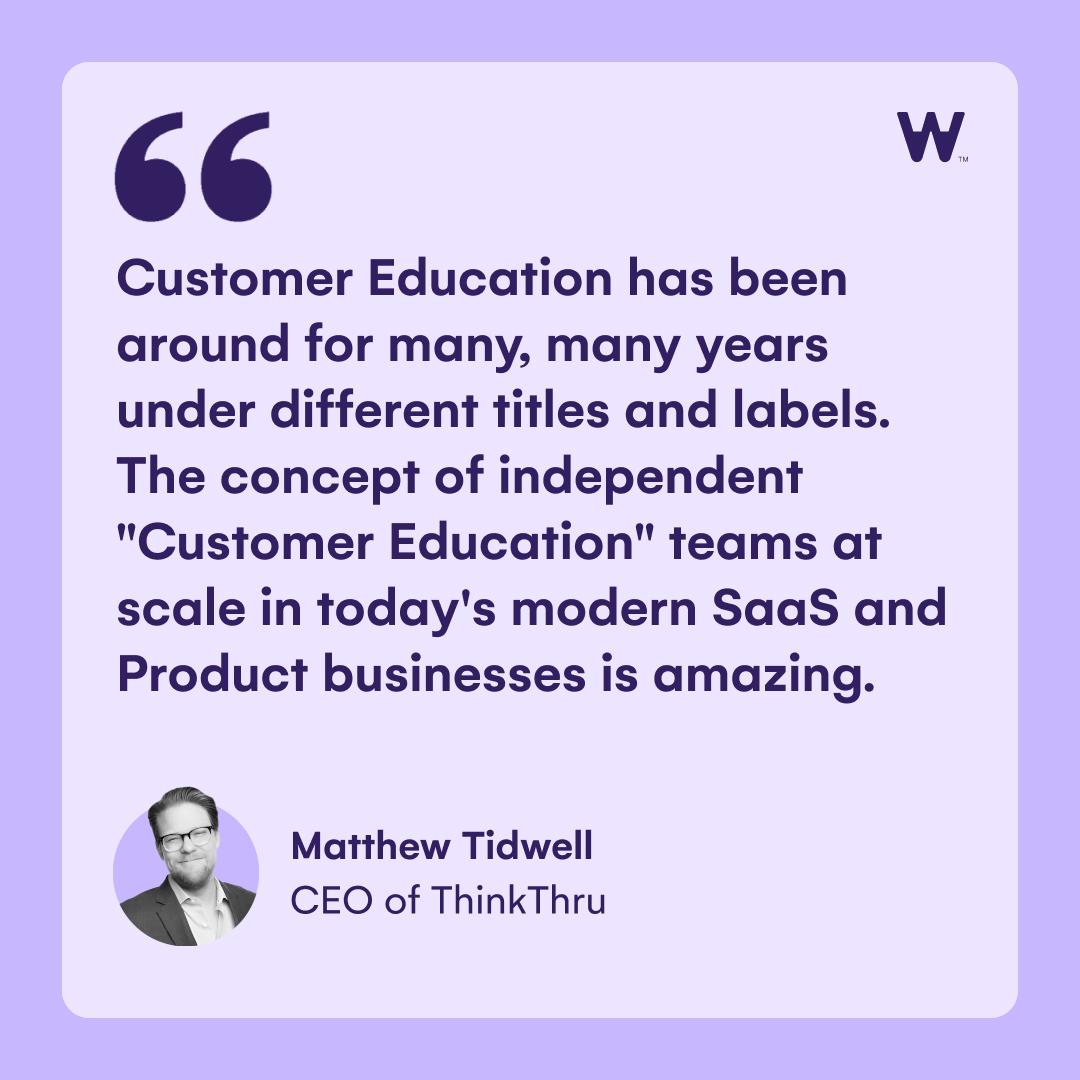
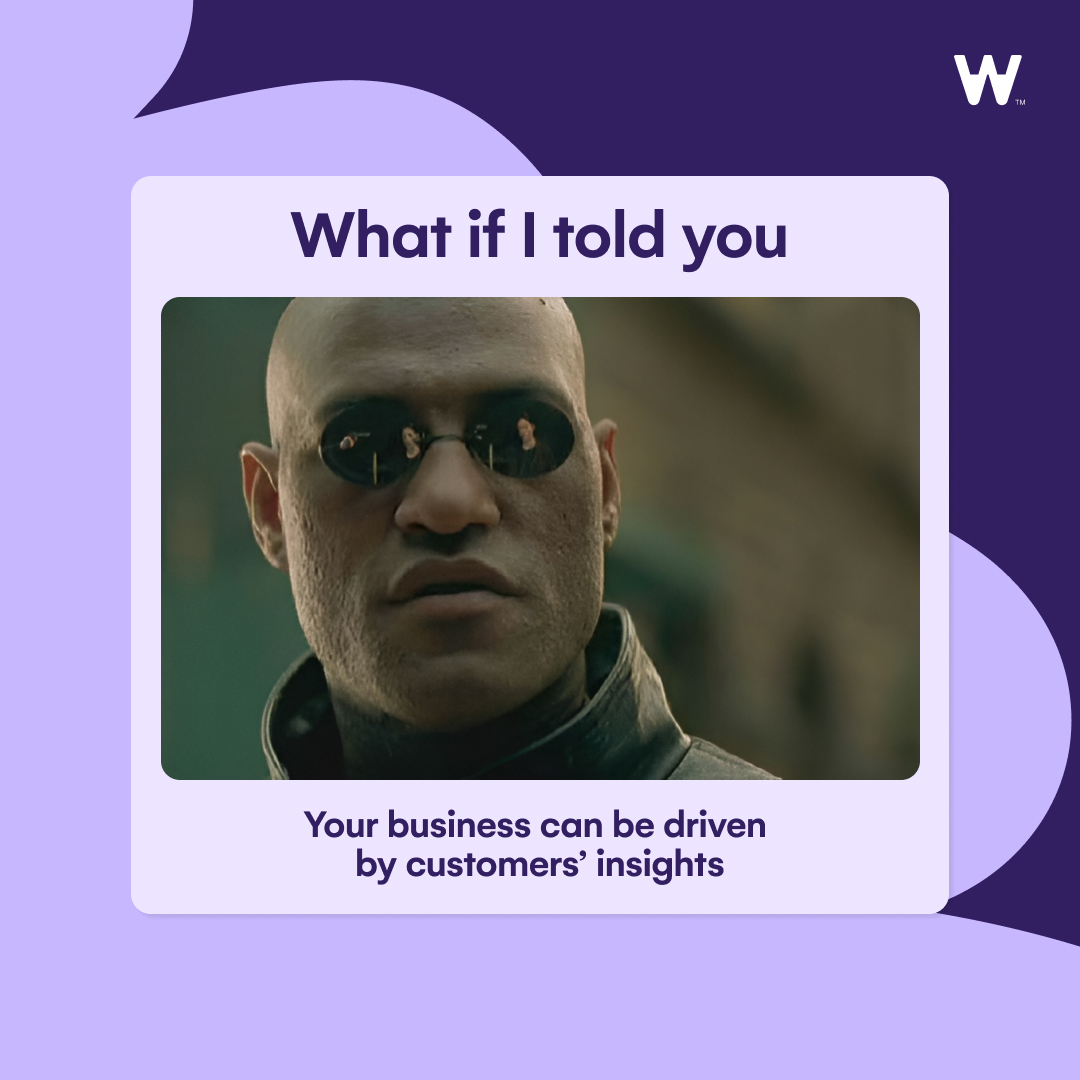
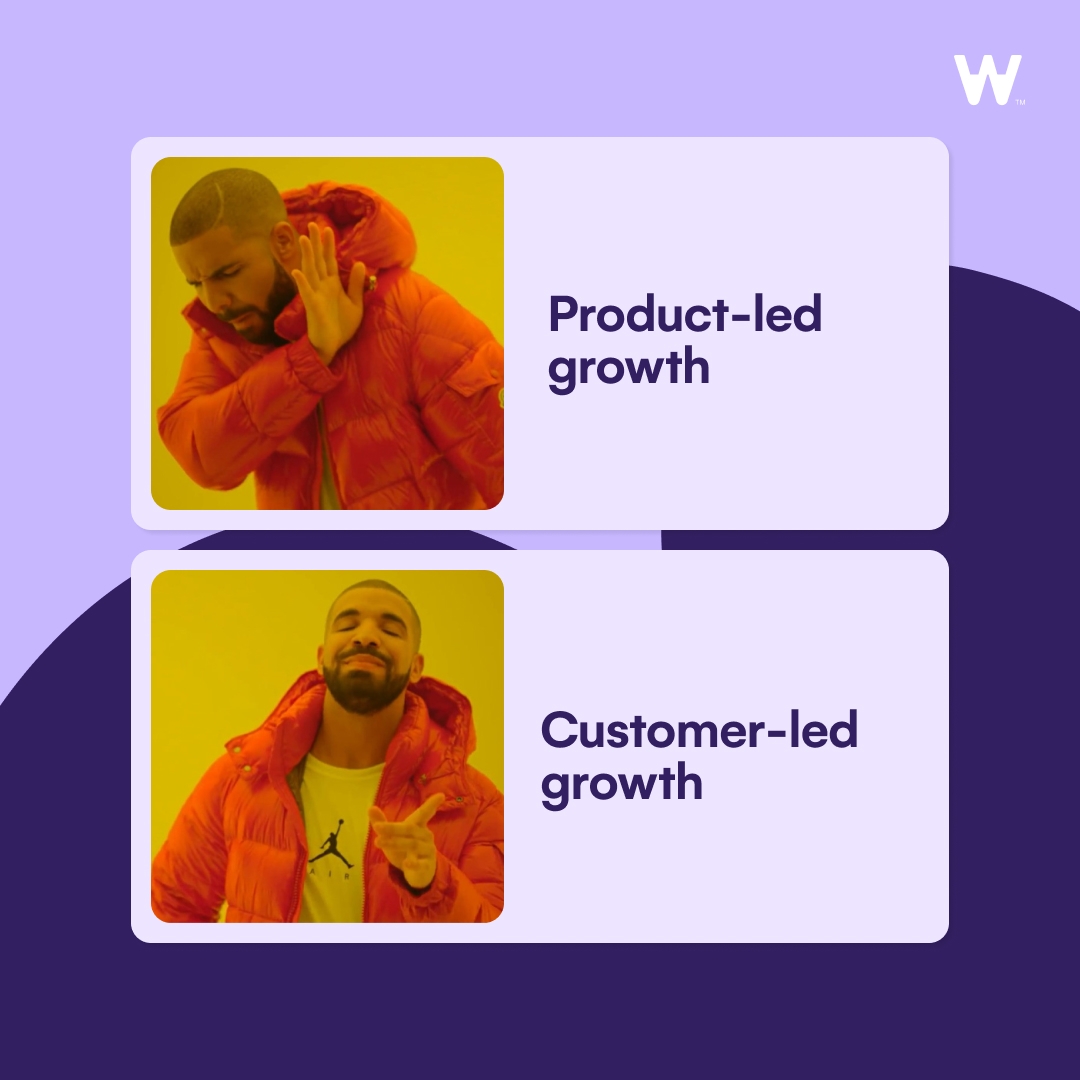
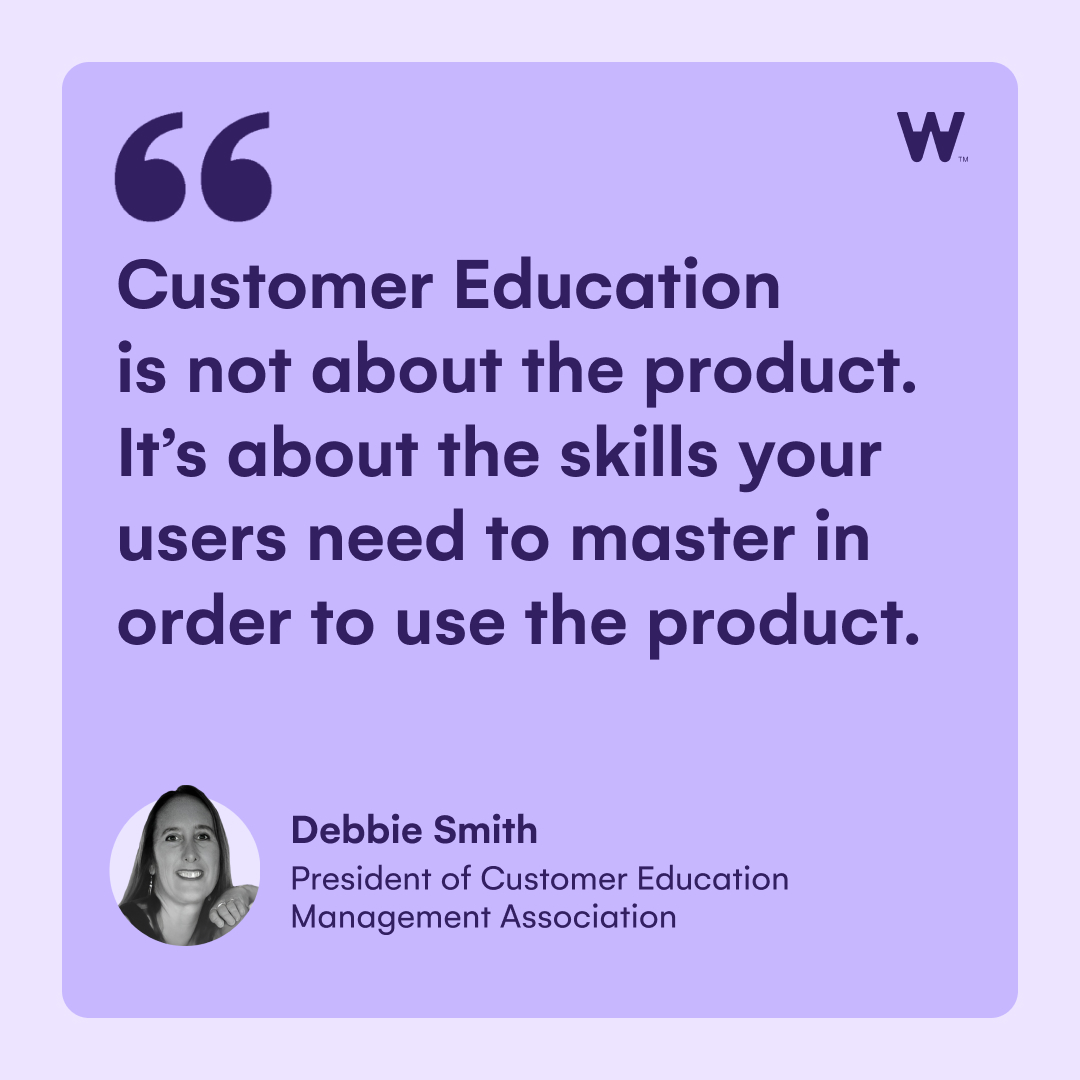



Reviews